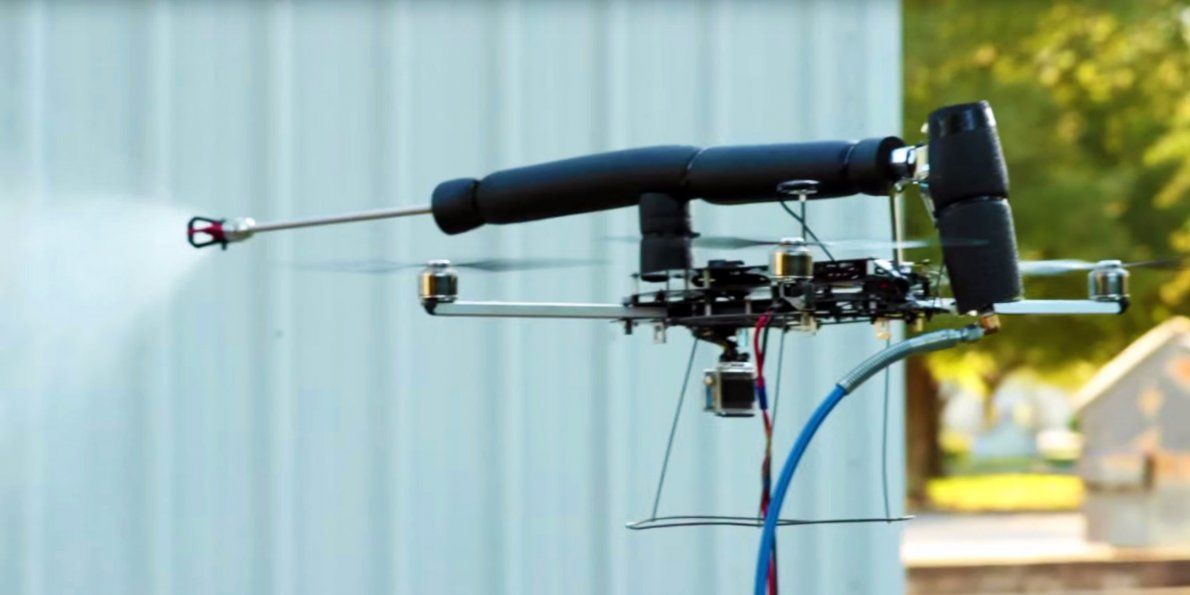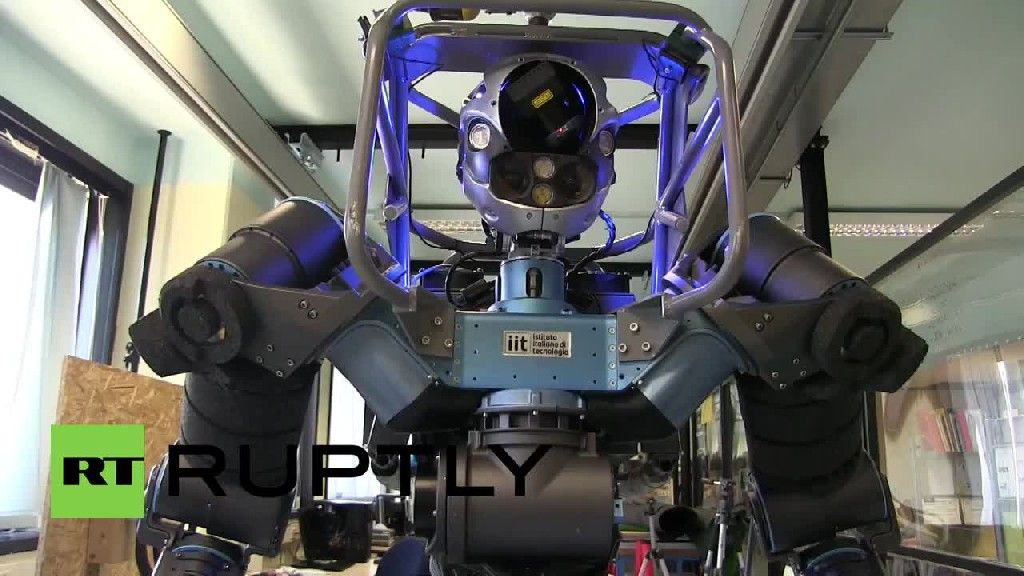If you dig deep enough into the Earth’s climate change archives, you hear about the Palaeocene-Eocene Thermal Maximum, or PETM. And then you get scared.
That was a time period, about 56 million years ago, when something mysterious happened — there are many ideas as to what — that suddenly caused concentrations of carbon dioxide in the atmosphere to spike, far higher than they are right now.
The planet proceeded to warm rapidly, at least in geologic terms, and major die-offs of some marine organisms followed due to strong acidification of the oceans.









